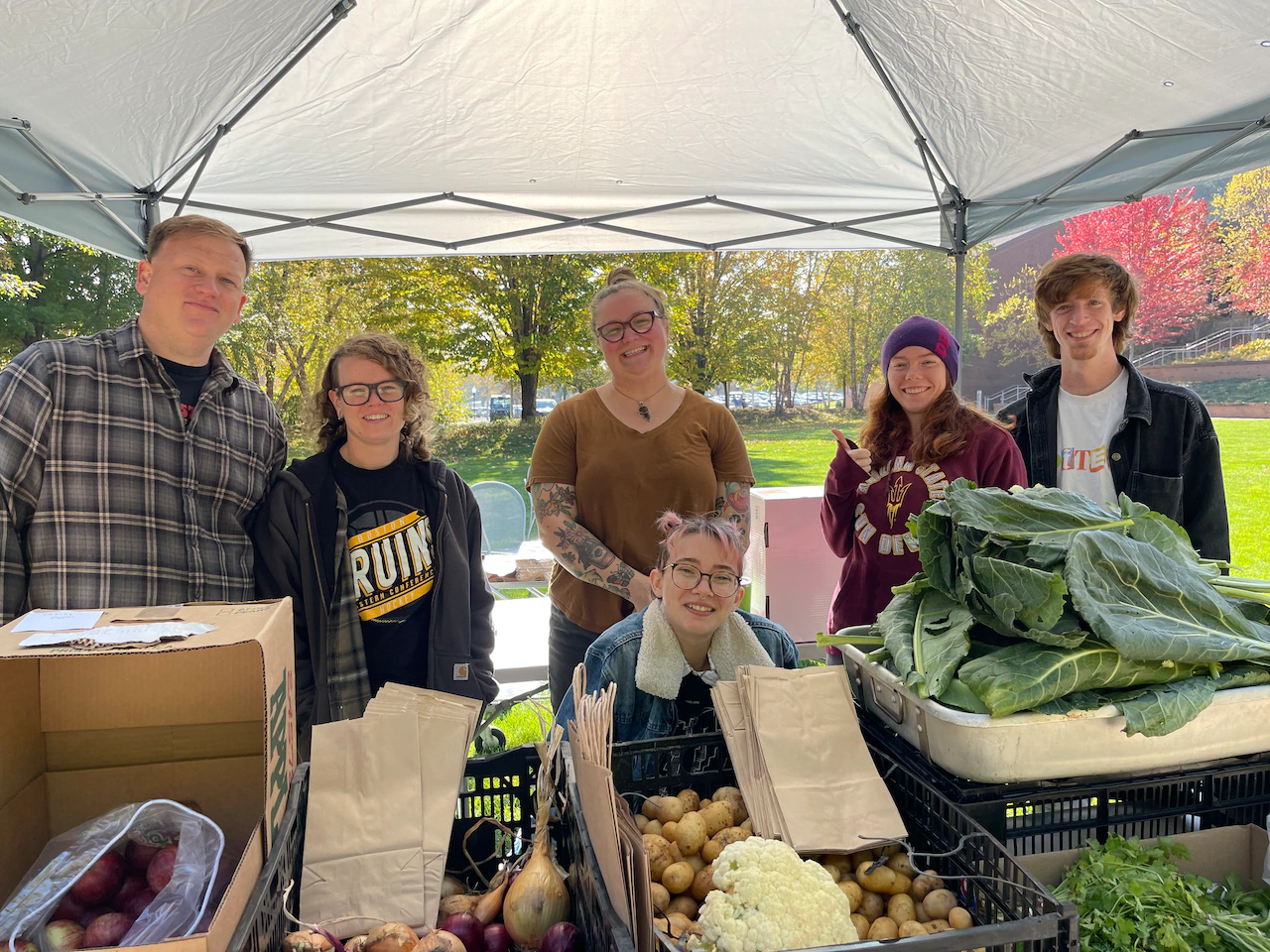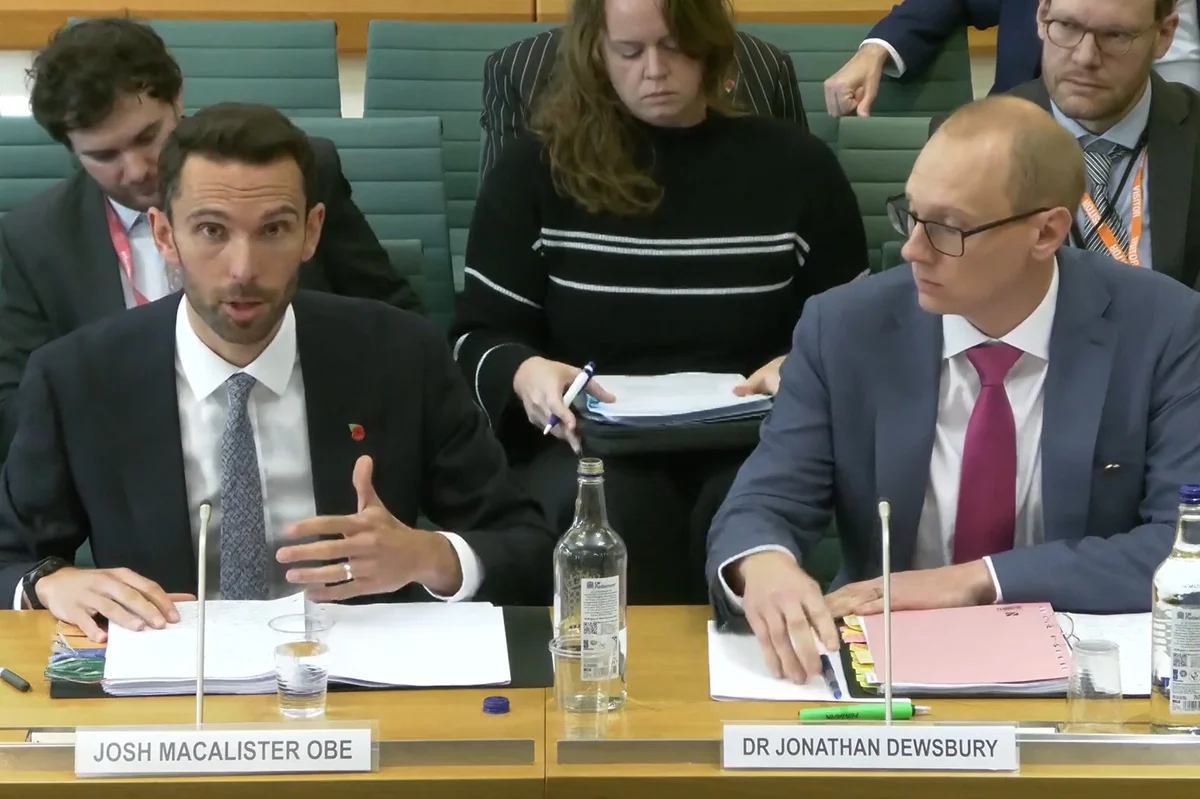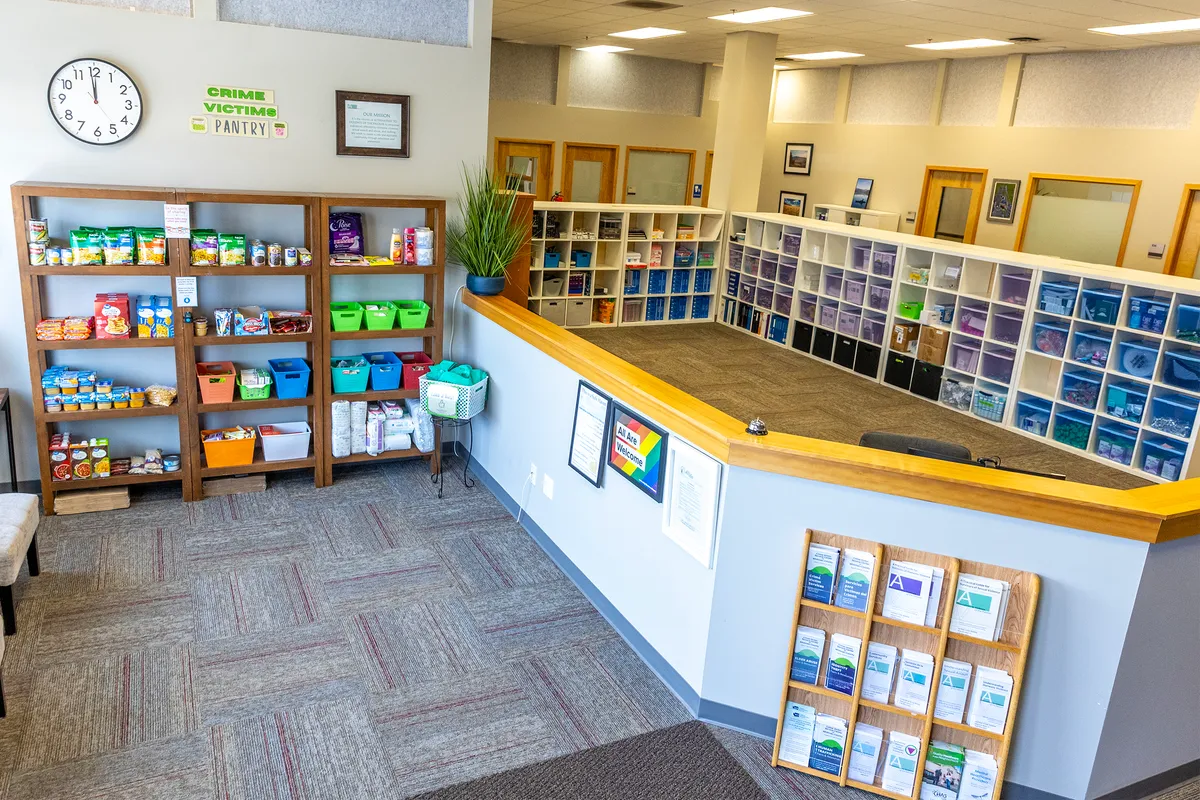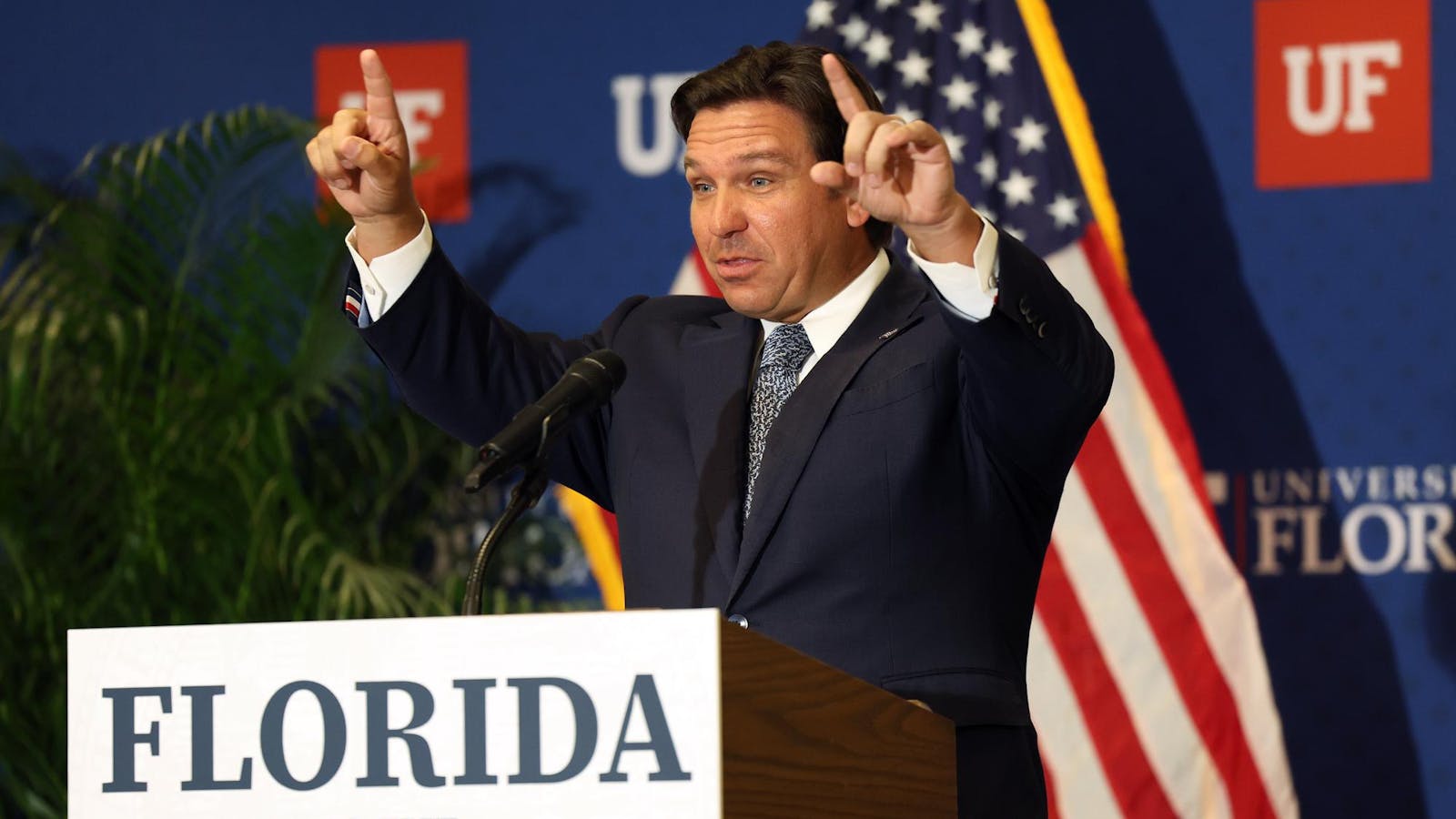Copyright MassLive

Michael Hannigan, a student at Greenfield Community College, has been spending his free time over the past few weeks harvesting excess produce from farms, including potatoes, baby kale, arugula and other vegetables in preparation for a free food market for students on Thursday. This isn’t the first market he’s held, but it is more crucial than ever as funds for the Supplemental Nutrition Assistance Program (SNAP) are likely to dry up on November 1. The federal program provides benefits to low-income households to help buy groceries. The mission of providing students with free produce is personal to Hannigan, who relies on SNAP after quitting his job to attend Greenfield Community College full-time at the age of 42. “My main income is work study, which is minimum wage. Without SNAP benefits, it’s kind of tricky to make the money stretch,” Hannigan said. Hannigan is one of thousands of students across Massachusetts who rely on SNAP. Read more: Town by town Mass. map shows where SNAP cuts will hit hardest: Find your city Over 158,000 college students in Massachusetts are eligible for SNAP, according to the College SNAP Project, though only around 73,000 are enrolled at least in part due to not knowing they qualify. As of September, there are 1,061,460 individuals in Massachusetts who receive SNAP benefits, according to data from the state’s Department of Transitional Assistance. Despite many colleges and universities offering programs to address food insecurity on their campuses, such as food pantries, many are warning that they won’t have the resources necessary to supplement the students and their families who rely on SNAP. Not having SNAP could impact whether students continue in school, Hannigan said. That is especially true for the people at community colleges, who would’ve otherwise not been able to enter higher education without the state implementing free community college, Hannigan said. “A lot of people have kids and families. It could easily come down to: am I going to go to class today or am I going to pick up an extra shift so I can feed my family?” he said. What is happening to SNAP? If the federal government shutdown isn’t resolved before the end of October, millions of Americans could see SNAP benefits stop. That’s because the funding for the program has “run dry,” according to a USDA notice. At the same time, the Trump administration said it won’t tap emergency funds to pay for the federal food benefits. Attorney General Andrea Campbell, along with the Attorneys General from 25 other states, filed a lawsuit on Tuesday against the Trump administration in order to preserve SNAP. U.S. District Judge Indira Talwani told lawyers on Thursday that if the government can’t afford to cover the cost of SNAP during the shutdown, there’s a process to follow rather than simply suspending all benefits, according to The Associated Press. Talwani seemed to be leaning toward requiring the government to put billions of dollars in emergency funds toward SNAP. Governor Maura Healey announced on Thursday that the administration advanced an additional $4 million to local food banks for November to address the cuts to SNAP benefits. Healey told reporters on Monday that “there’s no way that a state, any state in the country, can begin to backfill” what SNAP assistance provides. Read more: SNAP benefits to stop Nov. 1: What to know about the food aid shutdown There will have to be a reliance on food pantries and banks, Healey said at the Monday event. “The plan now, folks, is to rely on food pantries, to rely on food banks, to encourage those who can contribute to something like the United Way Response Fund,” she said. “But, you know, that is what is happening. It is because of a decision that Donald Trump has made not to fund SNAP. It’s completely unnecessary. This doesn’t need to happen.” The impact of SNAP cuts to Mass. colleges Food insecurity has long been a concern on college and university campuses in Massachusetts, according to Noe Ortega, the Commissioner of the Department of Higher Education. He is worried about the long-term effects of SNAP cuts. “It is another thing that prevents students from persisting and completing,” he said in an interview with MassLive. The consequences of cuts to SNAP are going to be huge, said Adam Saltsman, an associate professor at Worcester State University and director of the university’s Urban Action Institute. The institute connects students with community partners to do social justice work. It also runs programming, such as a class on SNAP, where students advocate and provide outreach to others on campus who might qualify for the federal food assistance program. Read more: Enrollment at Mass. community colleges is booming — that’s not the case everywhere Most recent reported data from 2023 showed that 39% of Worcester State students experienced some level of food insecurity in the 30 days prior to taking the survey, with 17% facing very low food security, Saltsman said. Students who are lower income, first generation, LGBTQ+, Black and Hispanic are disproportionately more likely to face food insecurity, he said. While the university has a food pantry, Saltsman said the university is scrambling to figure out how it will be able to keep up with demand from students. “I don’t know that our infrastructure, as it is, can support that growth in hungry students. I’m really concerned,” he said. “I’m thinking about a third of students struggling even more, falling behind in classes, skipping meals more regularly, which already happens a lot in college among students who are food insecure. I think that it will put a strain on the university,” he continued. How are colleges responding to potential SNAP cuts? Many institutions in Massachusetts have already been bracing for increased food assistance needs on campus. At North Shore Community College, the institution is checking inventories and suppliers. “At the moment, things look OK. The longer it goes on, obviously, the more challenging that will become. Certainly, it’s a major source of concern for us,” William Heineman, president of the community college, said during a Massachusetts Board of Higher Education meeting on Tuesday. Westfield State University is asking faculty and staff to make donations to its food pantry, Linda Thompson, the college’s president, said during the meeting. Framingham State University is also asking its community for donations — food or hygiene-related in addition to monetary donations — as the university expects a big uptick in need, according to Meg Nowak Borrego, vice president of student affairs and the dean of students. The university is also preparing for more students to apply for emergency grants and take advantage of other financial resources on campus, she said. “It’s sometimes hard for people to acknowledge you need help, especially if you’ve been the person in your family that’s first to go to college,” Nowak Borrego told MassLive. “If you know your family is hungry, do you question yourself whether you should be paying for college even though you might be getting loans and grants?” she said. She expects more students to be pulled away from school as a result of the SNAP cuts. Over 50% of Framingham State’s student body is Pell Grant eligible, meaning they display exceptional financial need. Around the same number of students are commuters, which means that they likely don’t have a meal plan, she said. Other colleges are emphasizing their various resources to students. Fitchburg State University reminded students about its Falcon Bazaar, which offers free food, hygiene products and basic necessities. The university also noted its counseling services and case management offerings for navigating food or financial assistance. “You are not alone, and our campus is here to help,” the university wrote in a message to students. Private institutions like Emmanuel College also have food insecurity programs, such as a “Swipe It Forward” program that pools unused cafeteria swipes that can be used by students in need or a pantry at Endicott College for food and hygiene products. Read more: After cuts to community colleges, Mass. Senate moves to restore some funding Benjamin Franklin Cummings Institute of Technology in Boston is working on a plan to amp up how they can support students who may be affected by the SNAP issue while still providing ongoing support through its on-campus food pantry, emergency fund program and meal voucher program. “Our Student Affairs and Special Programs Teams recently met to explore ways to further strengthen these services and ensure that students are not adversely affected by limited access to SNAP benefits. This will especially be a focus of ours in the upcoming weeks,” Aisha Francis, president of Franklin Cummings Tech said in a statement. Hannigan, the student at Greenfield Community College, said that regardless of what happens, the state needs to take more steps in addressing food insecurity in higher education. “I can’t sugarcoat how dire the situation will be on our campuses with this SNAP situation, and without increased investment in student basic needs,” Hannigan told members of the Massachusetts Board of Higher Education during a meeting on Tuesday. Other federal cuts impacting food access at colleges At the same time as a looming issue with SNAP, federal cuts to USDA, including more than $1 billion for schools and food banks to purchase food from local farmers and producers, is hurting college food pantries. There has been a steep decline in the amount of food coming to Quinsigamond Community College’s pantry. It amounts to more than 6,300 meals lost or 7,000 pounds of food, Michelle Tufau Afriyie, vice president for strategic enrollment and student engagement at the college, said during a four-hour legislative hearing this month. “The pantry has already registered 593 students and an additional 1,302 family members. This is a 60% increase over last year, driven by the reduction in SNAP benefits, higher grocery costs and increased enrollment. To manage limited resources, students must now order groceries twice a month instead of weekly,” Tufau Afriyie said. This decline in food has an effect on students’ studies, she said. “Food insecurity is not a peripheral issue. It is directly tied to student persistence and completion. When students struggle to meet their basic needs, their ability to stay enrolled and succeed is compromised,” she said.



